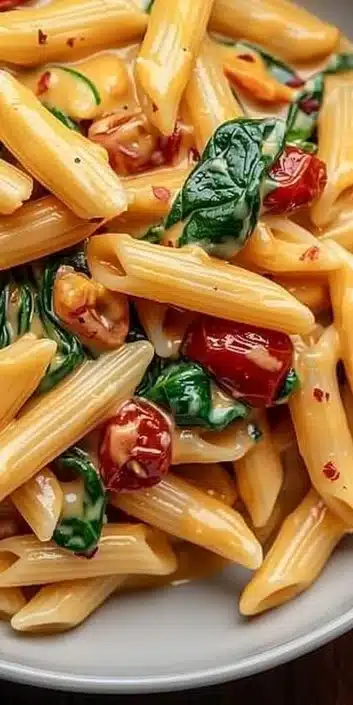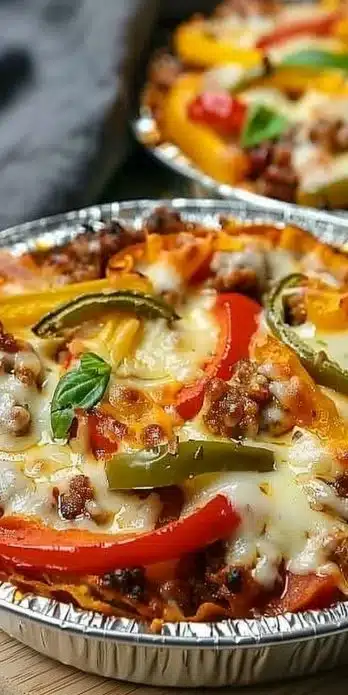Delicious Vegetable Casserole: The Ultimate Comfort Dish
Vegetable casseroles are the unsung heroes of the dinner table—warm, comforting, and packed with flavor. Whether you’re looking for a meatless main dish, a nutritious side, or a meal-prep-friendly option, a delicious vegetable casserole can do it all. In this guide, we’ll dive deep into the ingredients, benefits, top recipes, and essential tips to master this crowd-pleaser.
Table of Contents
Why Vegetable Casseroles Are So Popular
There’s a reason why vegetable casseroles consistently show up at potlucks, holiday dinners, and weeknight meals. These one-dish wonders are:
- Customizable to suit any diet (vegan, low-carb, gluten-free)
- Ideal for batch cooking and freezing
- A great way to use up seasonal produce
- Perfect for feeding a crowd with minimal effort
Besides their convenience, they’re also incredibly healthy. Casseroles filled with fresh vegetables are naturally high in fiber, vitamins, and antioxidants. You can explore the full nutritional breakdown of individual vegetables through the USDA Vegetable Nutrition Database, which highlights just how beneficial your favorite veggies can be.
Healthier Ingredient Swaps for Smarter Casseroles
A lot of traditional casseroles rely on heavy cream or condensed soup—but you can make smart, health-conscious swaps without losing flavor. Consider:
- Greek yogurt instead of sour cream
- Plant-based milk with thickener instead of heavy cream
- Nutritional yeast for cheesy flavor without dairy
- Rolled oats or nuts for a crunchy topping
These tips align with advice from the Mayo Clinic’s Healthy Cooking Substitutes, making your casseroles not only delicious but nutrient-dense too.
Common Ingredients in a Vegetable Casserole
The beauty of a vegetable casserole is that you can throw in whatever veggies you have on hand. Still, the most popular and tasty additions often include:
- Zucchini, yellow squash, and eggplant
- Broccoli, cauliflower, and Brussels sprouts
- Corn, green beans, and peas
- Sweet potatoes and butternut squash
- Herbs like thyme, basil, and rosemary
For the creamy base or binder, consider:
- Cheese (cheddar, mozzarella, goat cheese)
- Cream sauce, béchamel, or coconut cream
- Tomato sauce for Mediterranean-style dishes
Toppings add that crave-worthy crunch:
- Breadcrumbs, panko, or crushed crackers
- Toasted nuts or seeds
- Parmesan cheese and a sprinkle of paprika
How to Customize It to Fit Your Diet
Don’t let dietary needs get in the way of a good meal. You can easily adapt a vegetable casserole for various restrictions:
- Vegan: Use nut-based cheese, plant milk, and cashew cream
- Gluten-free: Sub in rice flour or certified GF oats
- Low-carb: Skip starchy veggies like corn and potatoes and use cauliflower or zucchini
- High-protein: Add lentils, chickpeas, or tofu
You can also find the freshest ingredients using the Environmental Working Group’s Seasonal Produce Guide, which helps choose veggies that are in season and best for flavor and nutrition.

Top 5 Delicious Vegetable Casserole Recipes
Here are five tried-and-true recipes you can count on for flavor and family-friendliness:
1. Butternut Squash and Fennel Gratin
- Layers of roasted butternut squash, sliced fennel, and a Dijon cream sauce
- Finished with crispy panko breadcrumbs
- Ideal for holidays and elegant dinners
2. Cheesy Broccoli-Rice Casserole
- A childhood favorite with broccoli, brown rice, and sharp cheddar cheese
- Great for freezing and reheating
3. Savory Sweet Potato Casserole
- Ditch the marshmallows for a herb-seasoned topping
- Combines sweet potatoes, onions, and garlic with a savory oat crumble
4. Spinach-Ravioli Lasagna
- A clever shortcut using store-bought cheese ravioli and fresh spinach
- Layered with marinara and mozzarella
5. Zucchini Lasagna
- Thin strips of zucchini replace pasta for a low-carb twist
- Filled with ricotta, tomato sauce, and basil
Tips for the Perfect Vegetable Casserole
Creating a casserole that’s creamy, crunchy, and never soggy isn’t hard if you keep these tips in mind:
- Pre-cook high-water-content veggies like zucchini or mushrooms to prevent sogginess
- Always season in layers—season your vegetables, your sauce, and your topping
- Add a crunchy topping like crushed crackers or baked cheese in the last 10 minutes
- For ultra creaminess, mix in a small amount of cream cheese or béchamel sauce
Serving Suggestions and Pairings
Vegetable casseroles are extremely versatile when it comes to serving. Here are a few tasty ways to present them:
- As a main dish with a side salad and crusty bread
- As a side dish to roasted meats or grilled tofu
- At brunch with eggs or a breakfast hash
- With soups like tomato basil or butternut squash
Storage, Freezing, and Reheating Advice
One of the best features of casseroles is how well they keep. Here’s how to store them right:
- Let the casserole cool completely before covering
- Store in an airtight glass container for up to 5 days
- Freeze in single-portion containers for convenience
- Reheat in an oven at 350°F for 15–20 minutes to maintain texture
FAQs
What vegetables are best in a casserole?
Popular options include zucchini, broccoli, cauliflower, corn, peas, and sweet potatoes. Mix and match based on the season and your taste preferences.
Can I make a vegetable casserole ahead of time?
Absolutely! You can prep it fully and refrigerate for 24–48 hours before baking. Alternatively, freeze it (unbaked) and cook from frozen.
How do I thicken a vegetable casserole?
Use a roux, mix in cream cheese, or add a spoonful of cornstarch or arrowroot to the sauce. Pre-cooking watery vegetables also helps.
Can I freeze a cooked casserole?
Yes. Cool it completely, then store it in a freezer-safe container. When ready, reheat in the oven rather than the microwave for the best texture.
What cheese works best in veggie casseroles?
Cheddar, Parmesan, Gruyère, and mozzarella are top choices. Use a combination for complex flavor.
Are vegetable casseroles healthy?
Yes, especially when made with fresh veggies, whole grains, and lighter sauces. Use nutritional swaps and avoid processed ingredients.
Can I make a vegan version?
Definitely! Use cashew cream, plant-based cheeses, and a variety of roasted vegetables. Vegan versions are both hearty and flavorful.
Final Thoughts
A delicious vegetable casserole is more than just a side dish—it’s a comforting, nutritious, and endlessly adaptable meal that belongs in every home cook’s recipe rotation. Whether you’re feeding a crowd, planning for the week ahead, or just craving something hearty and satisfying, there’s a veggie casserole waiting for you to make it your own. Now, preheat your oven and get cooking!






